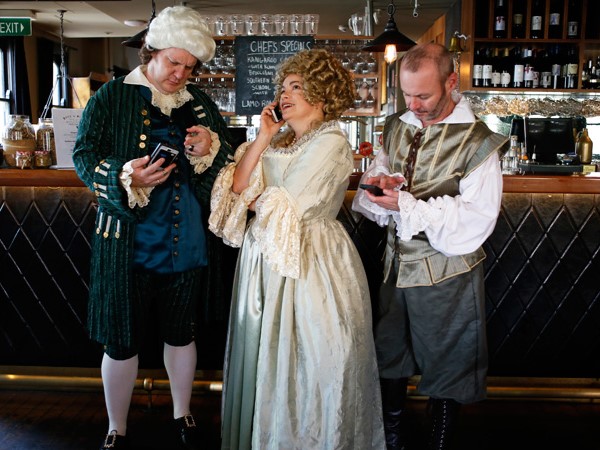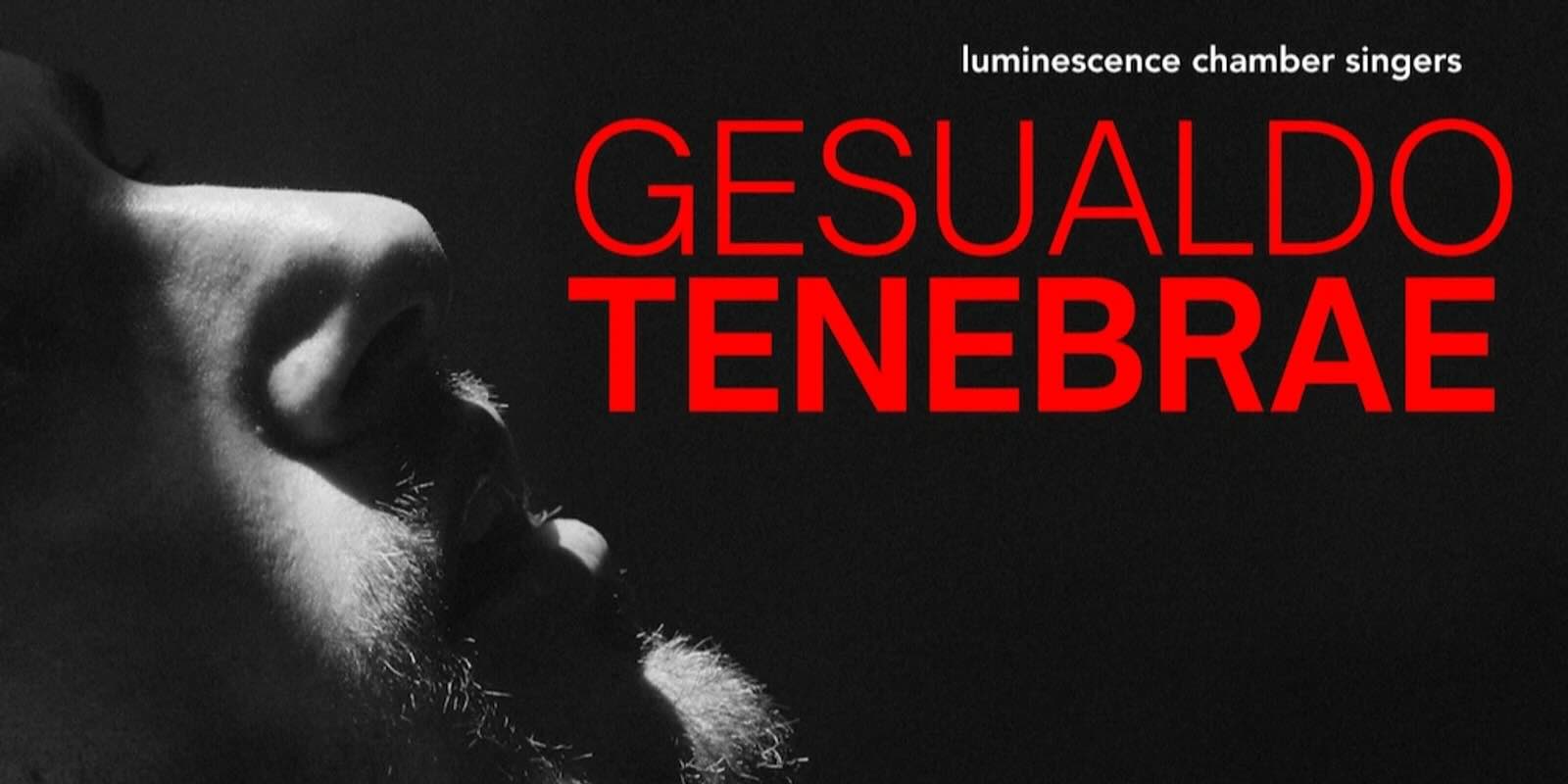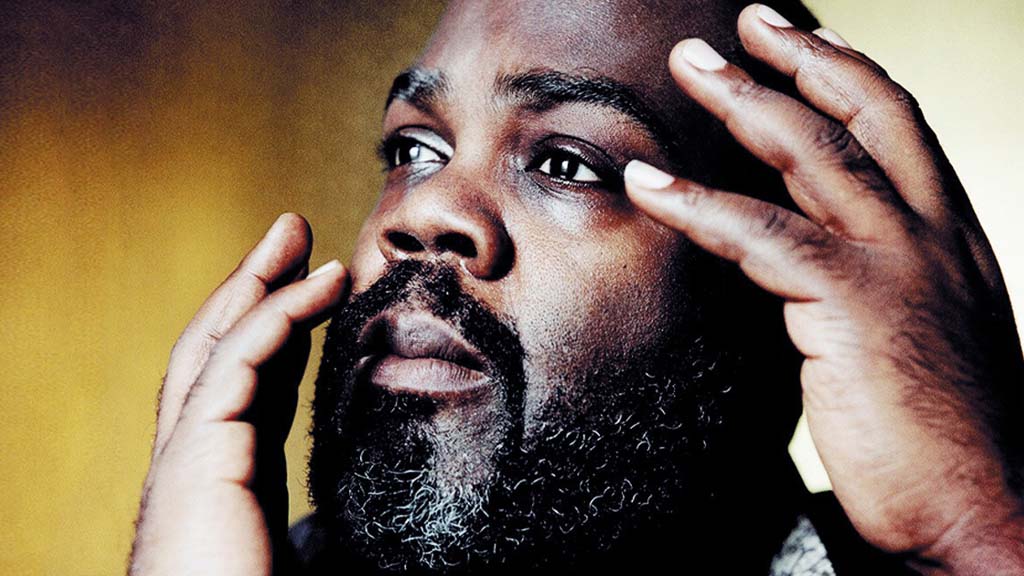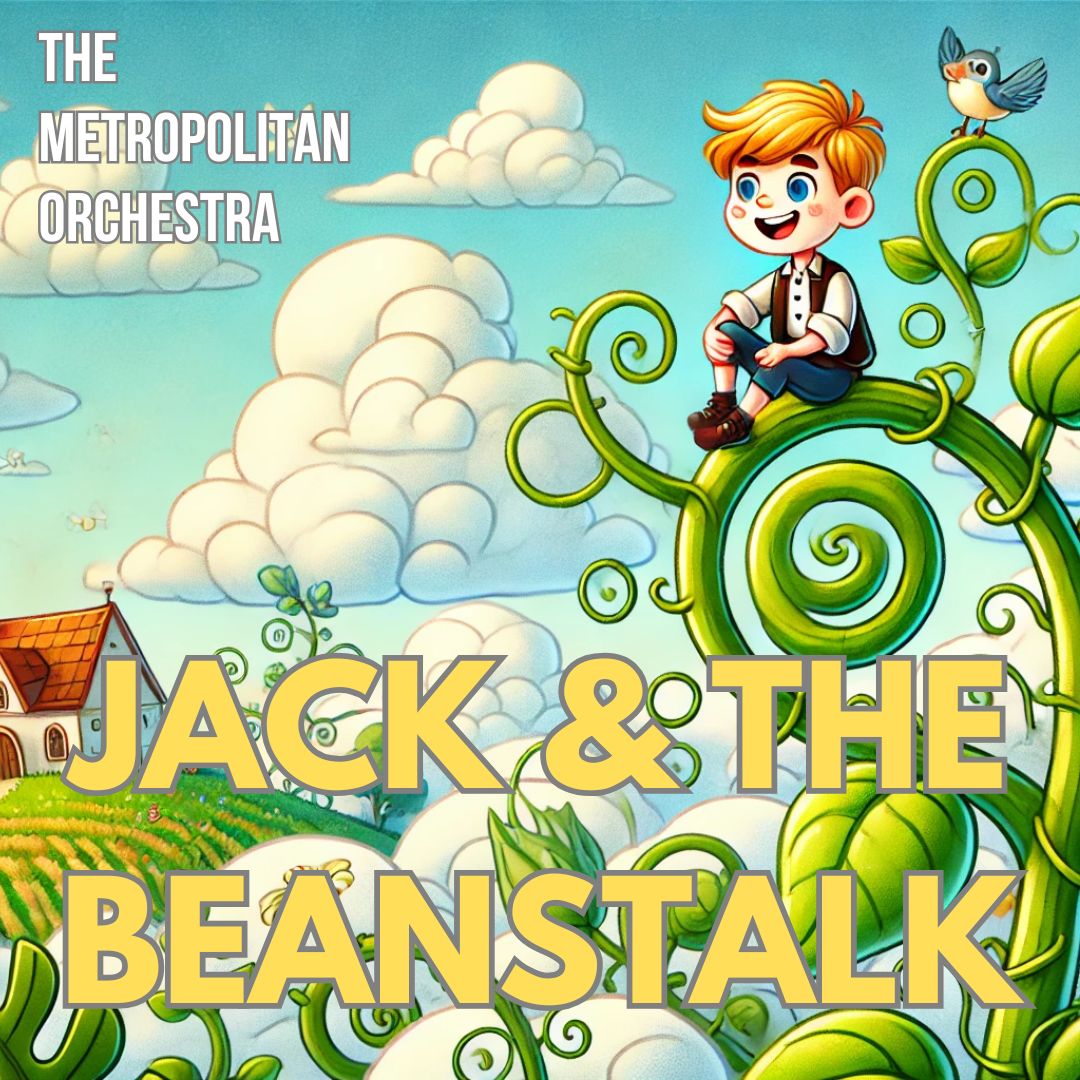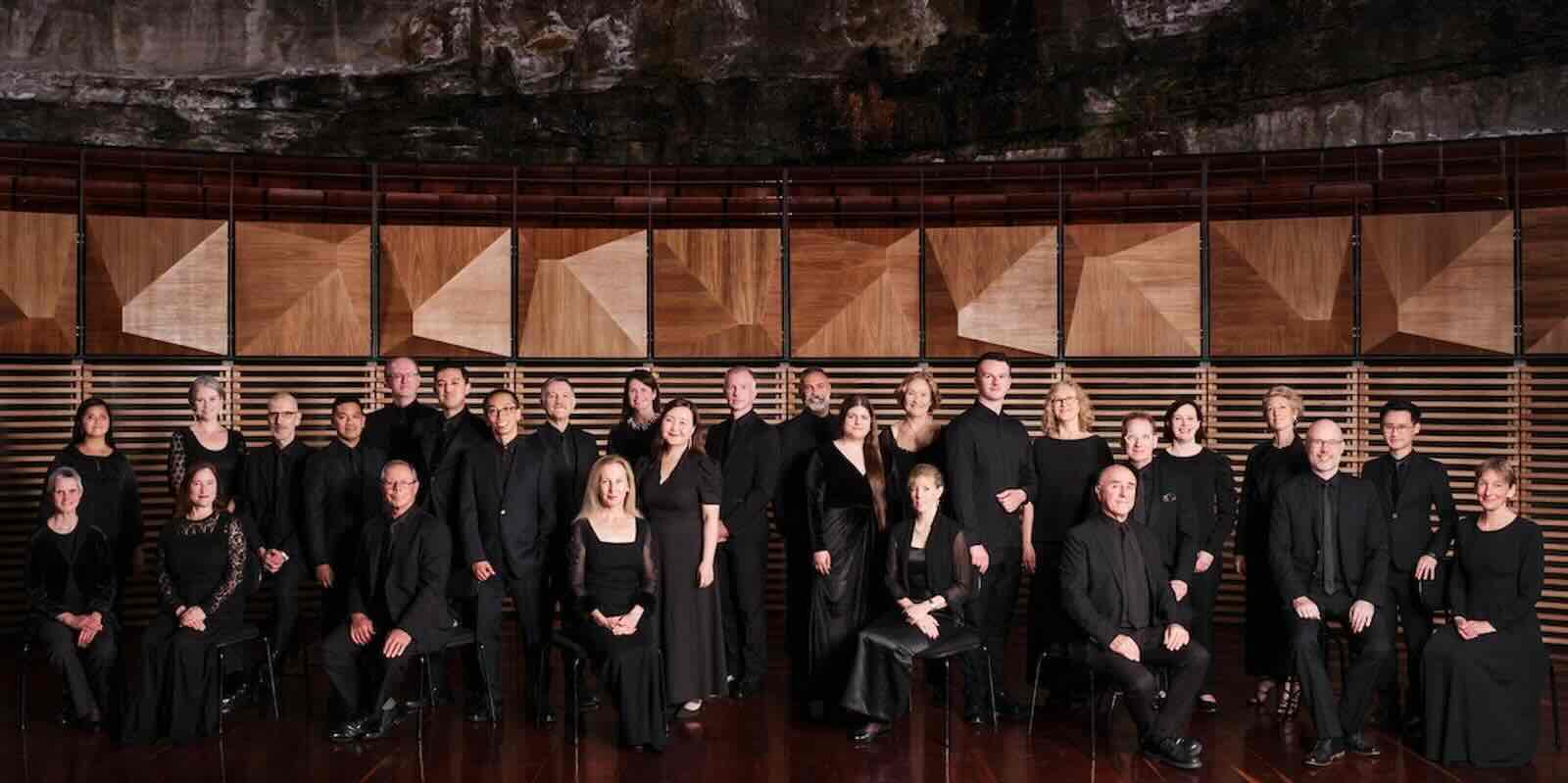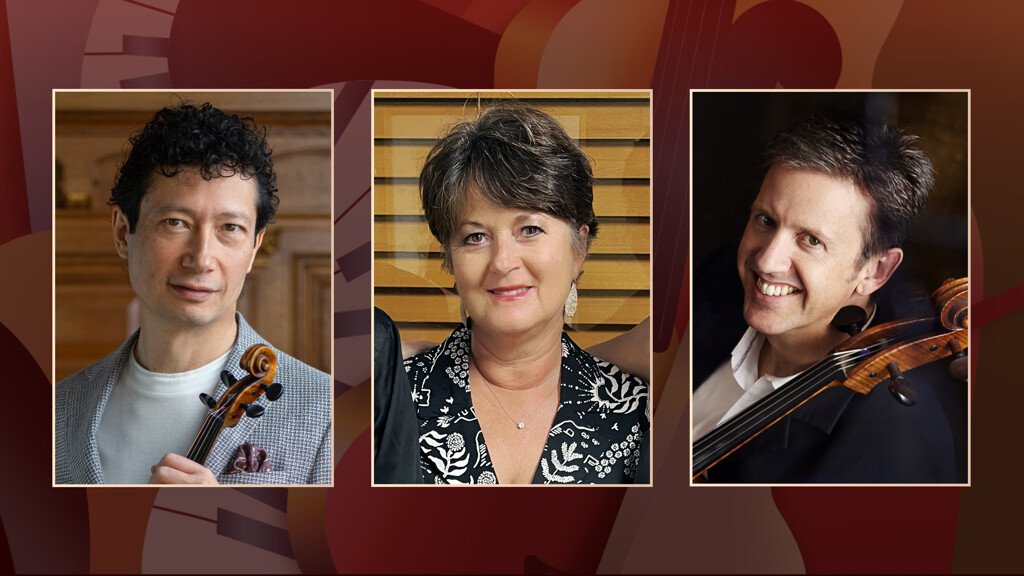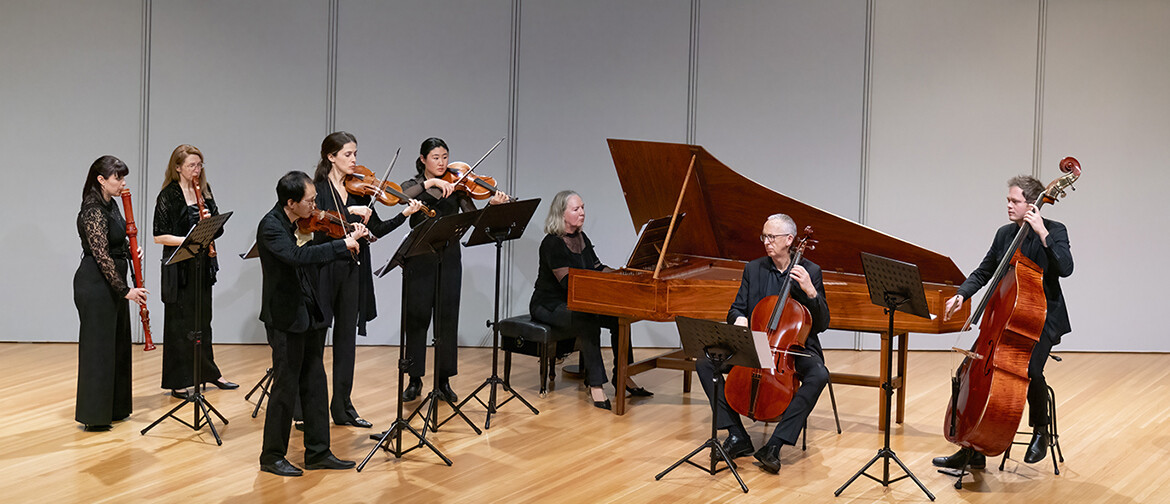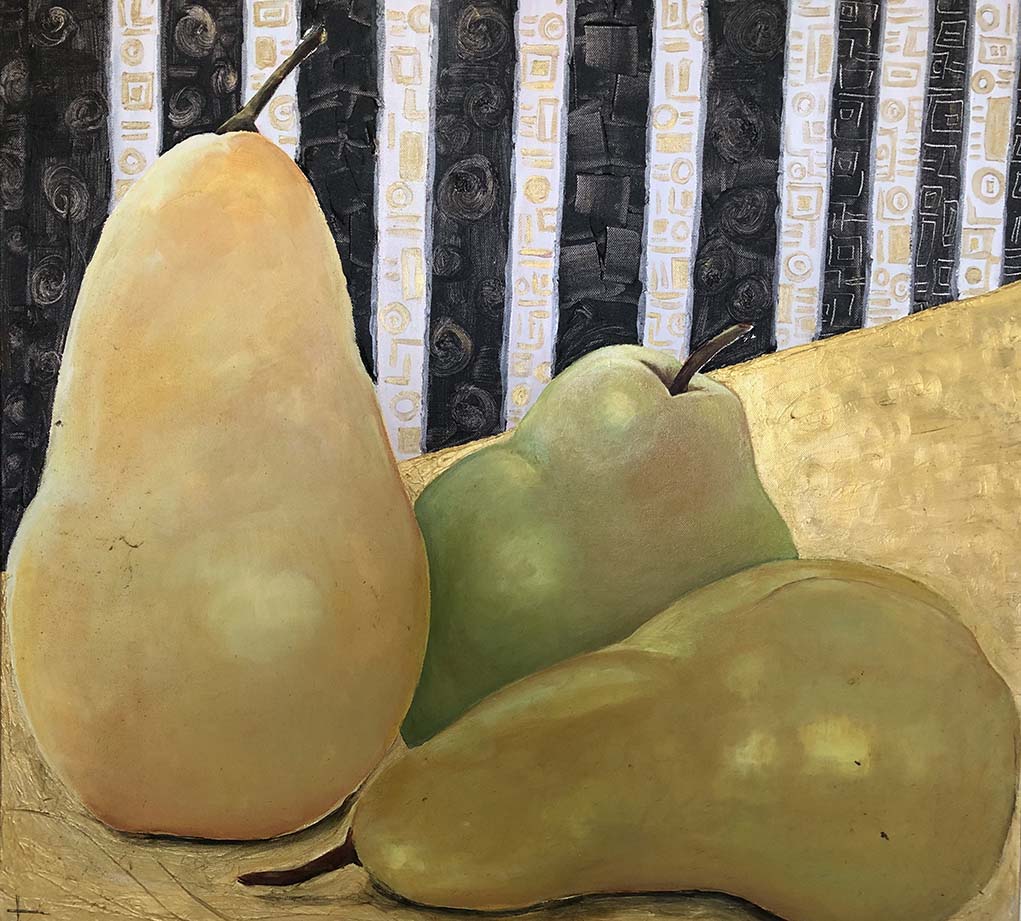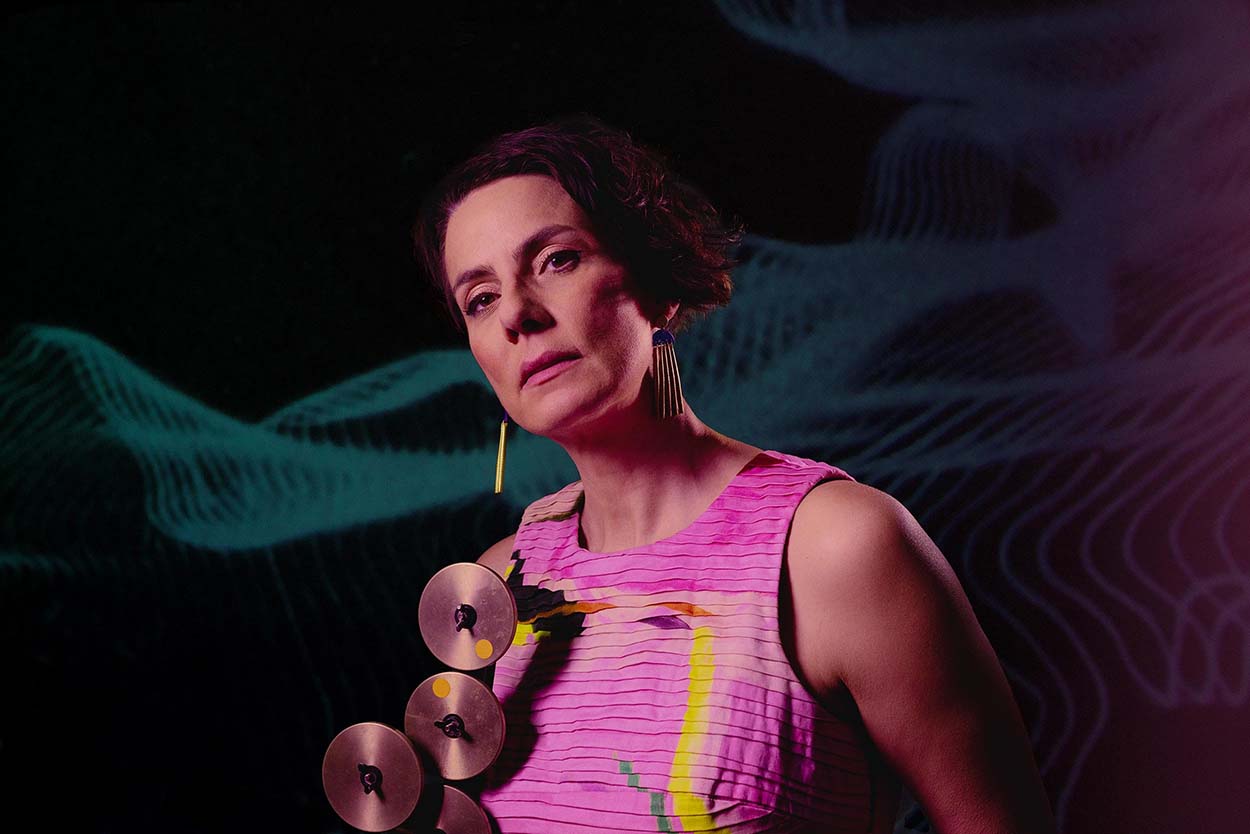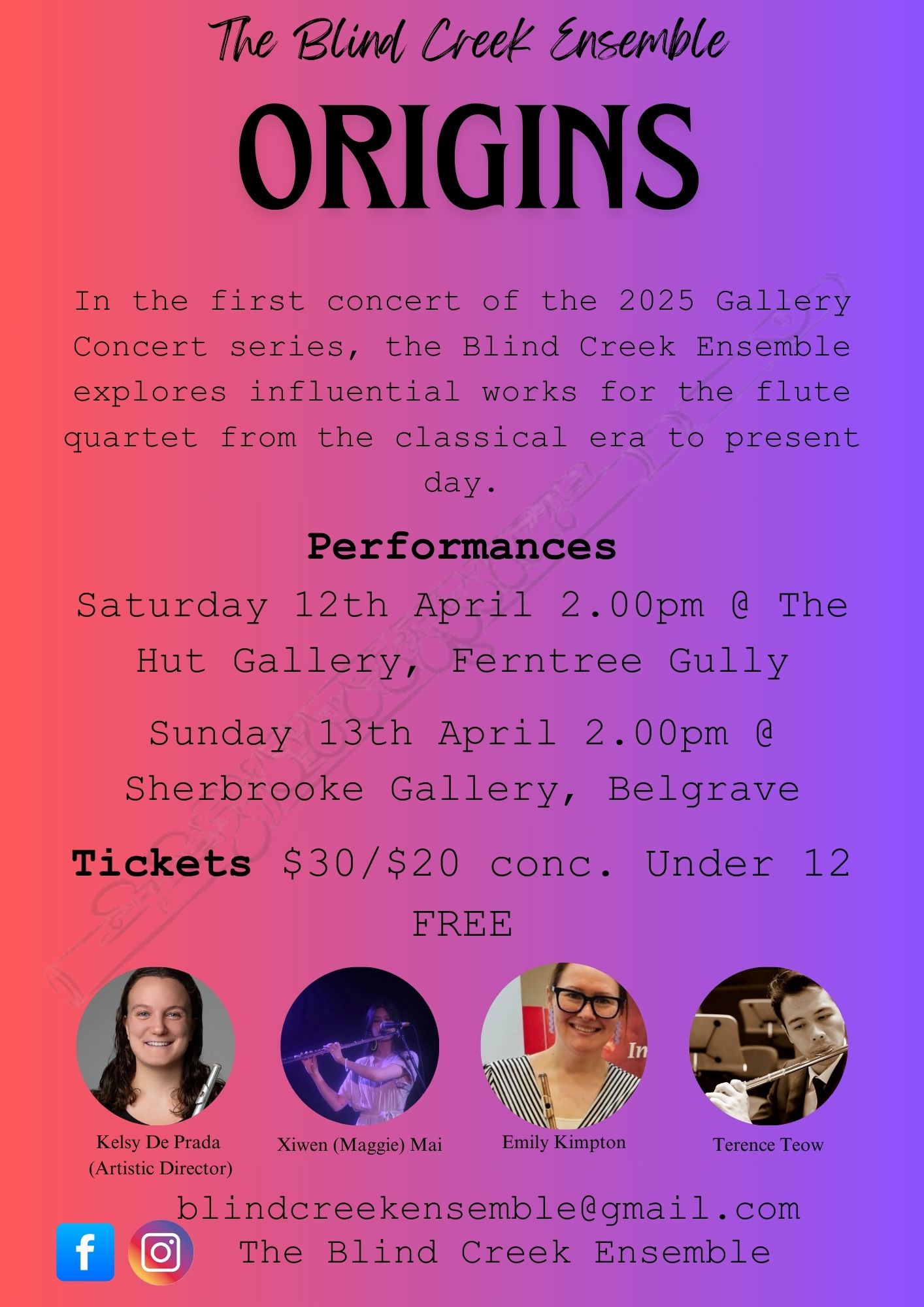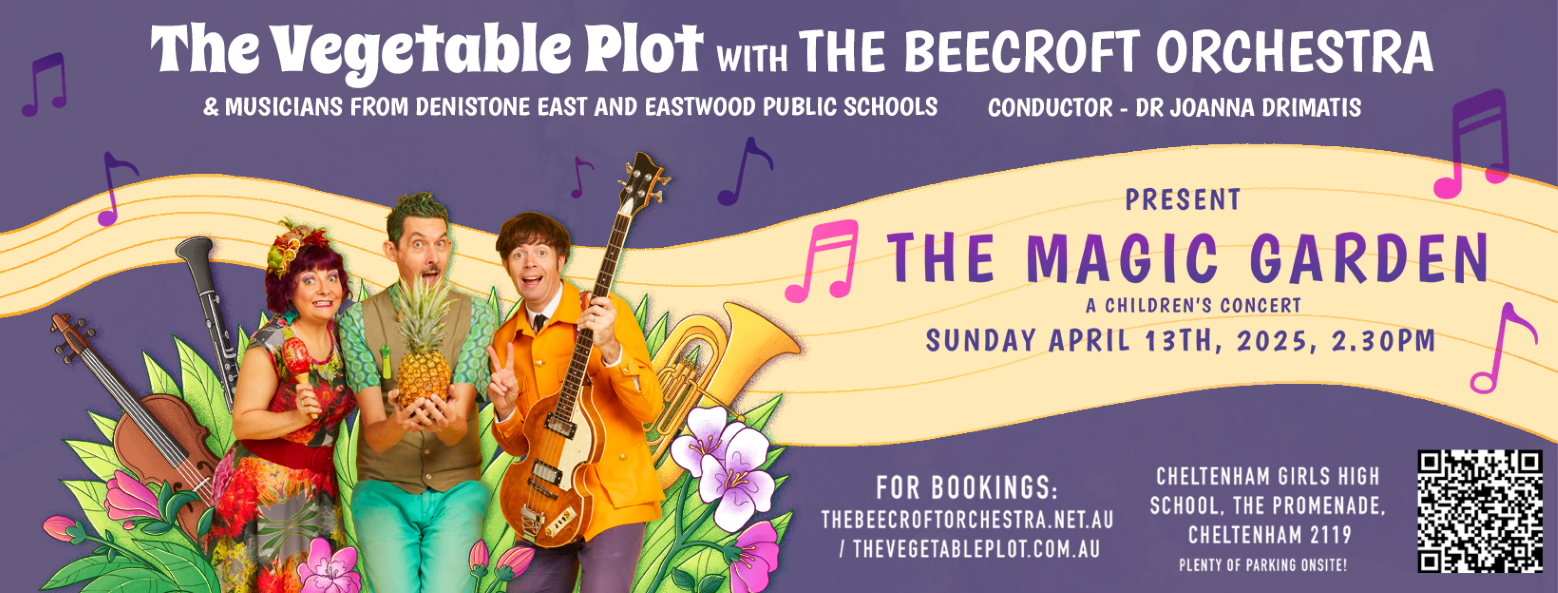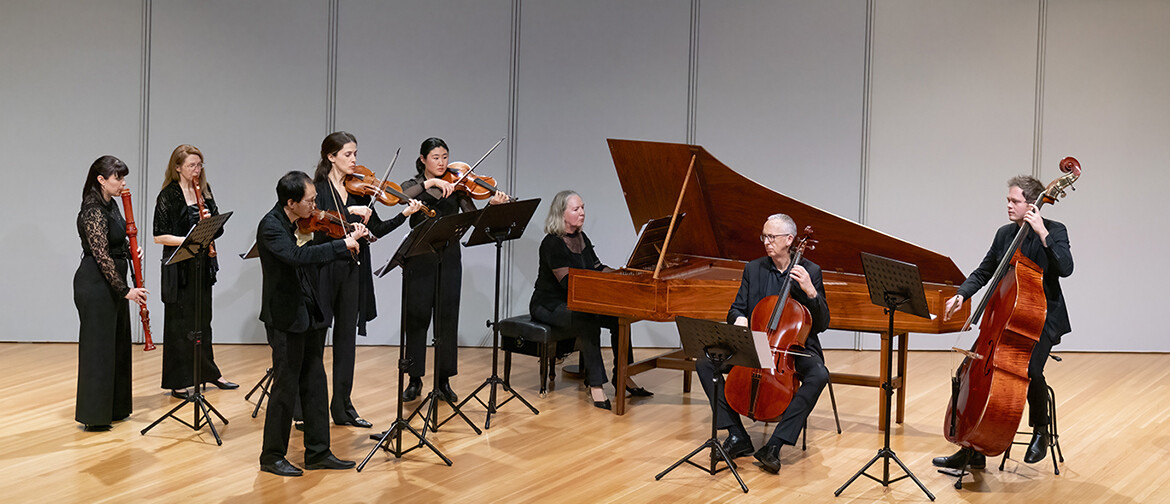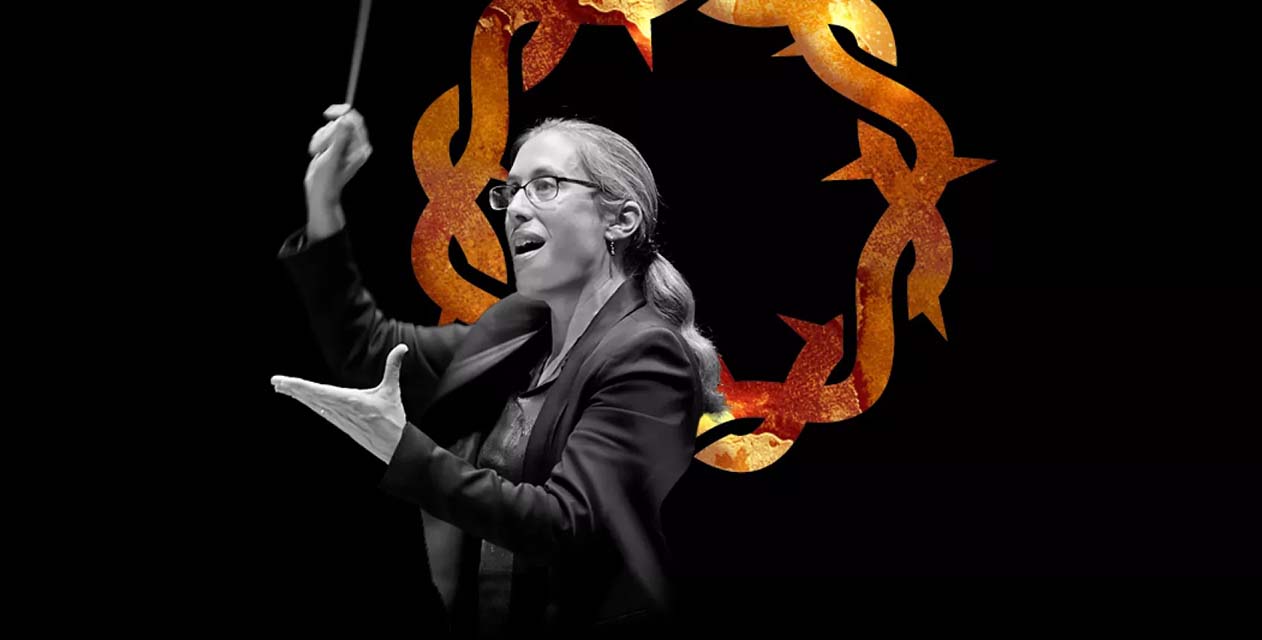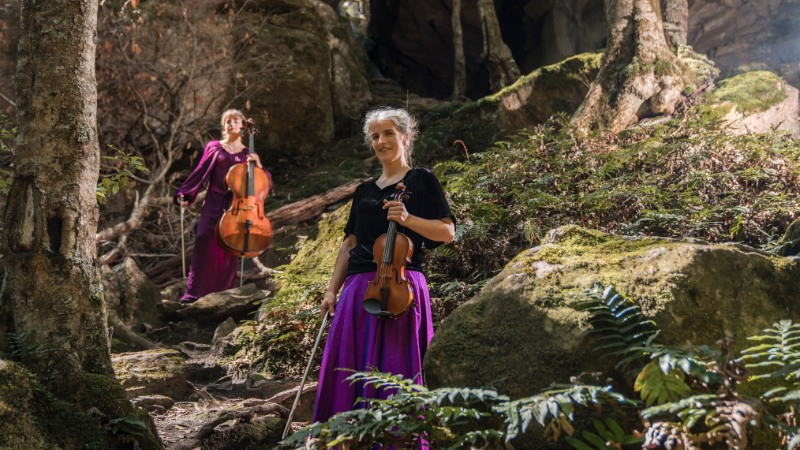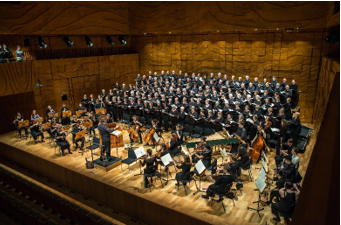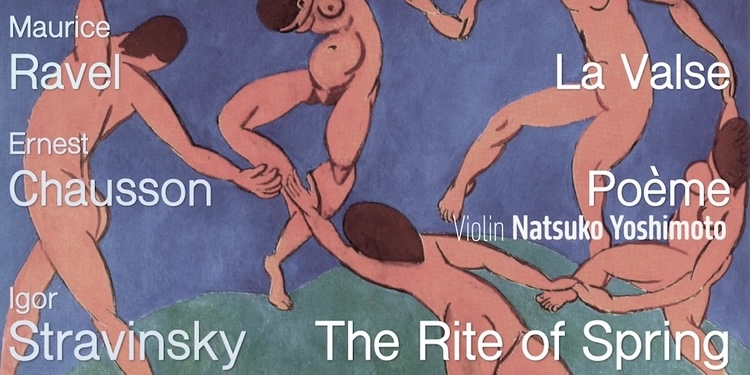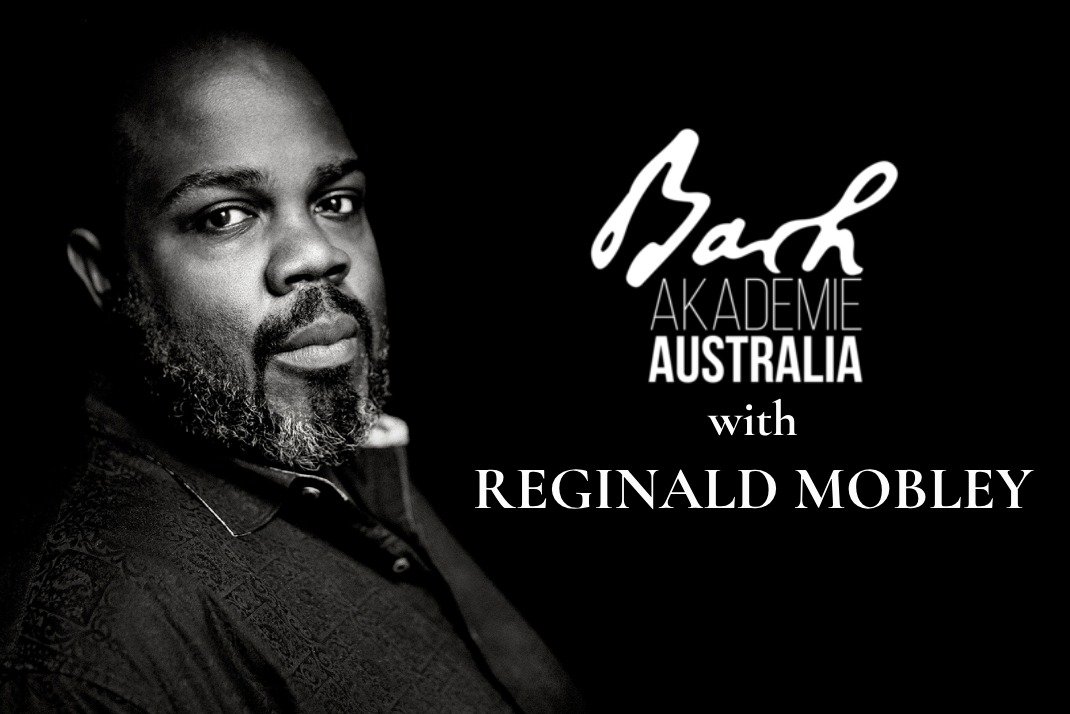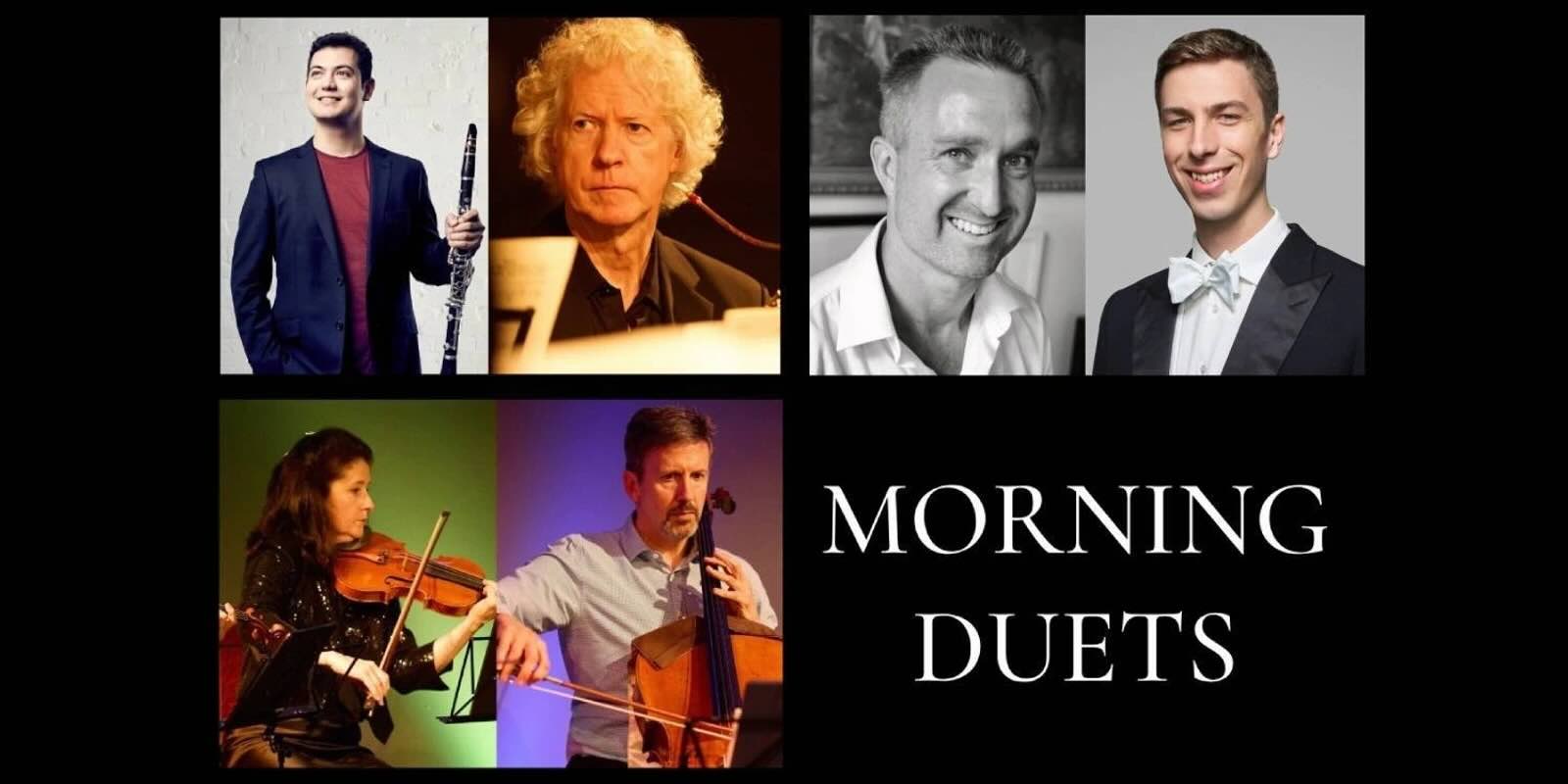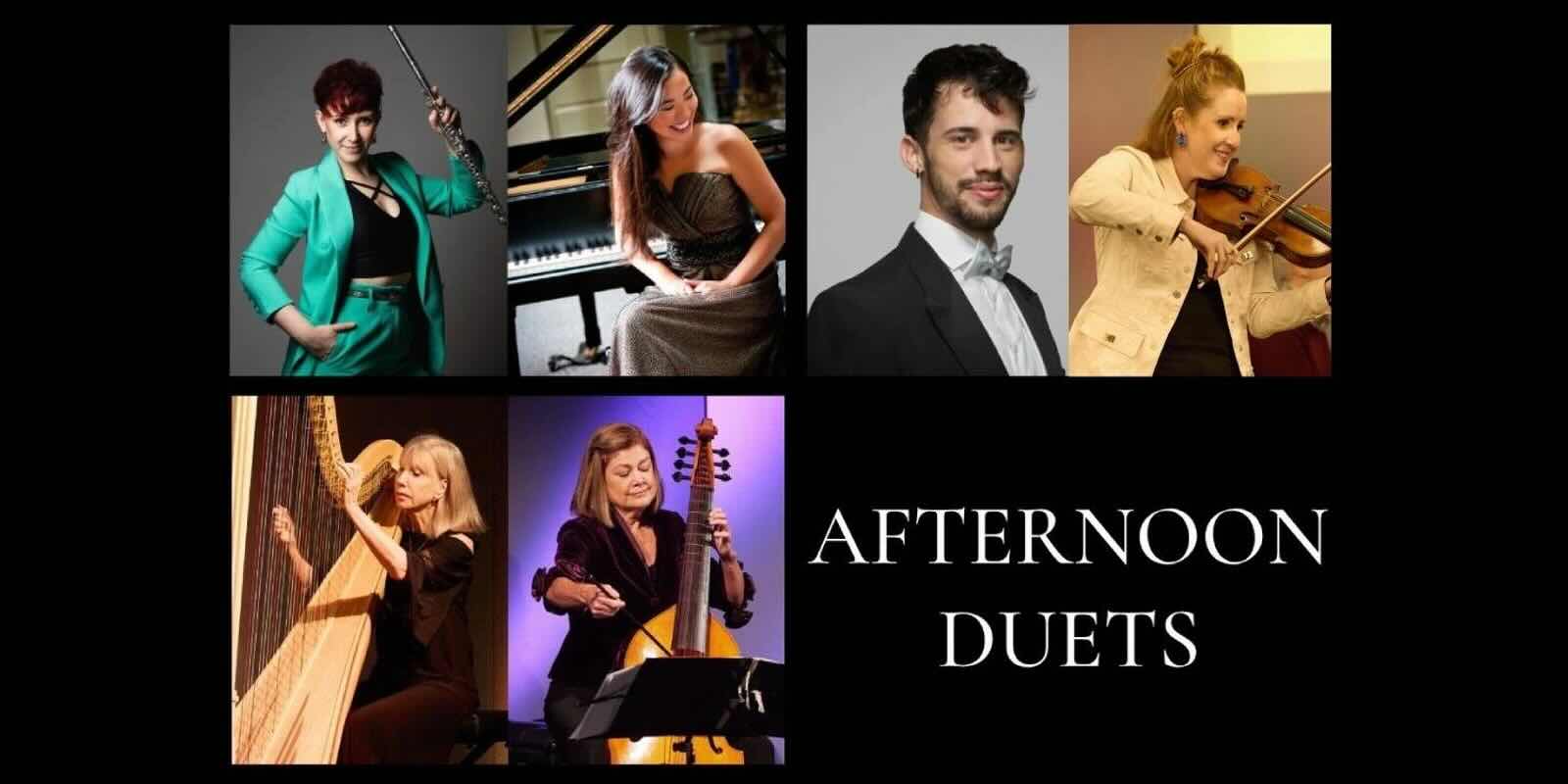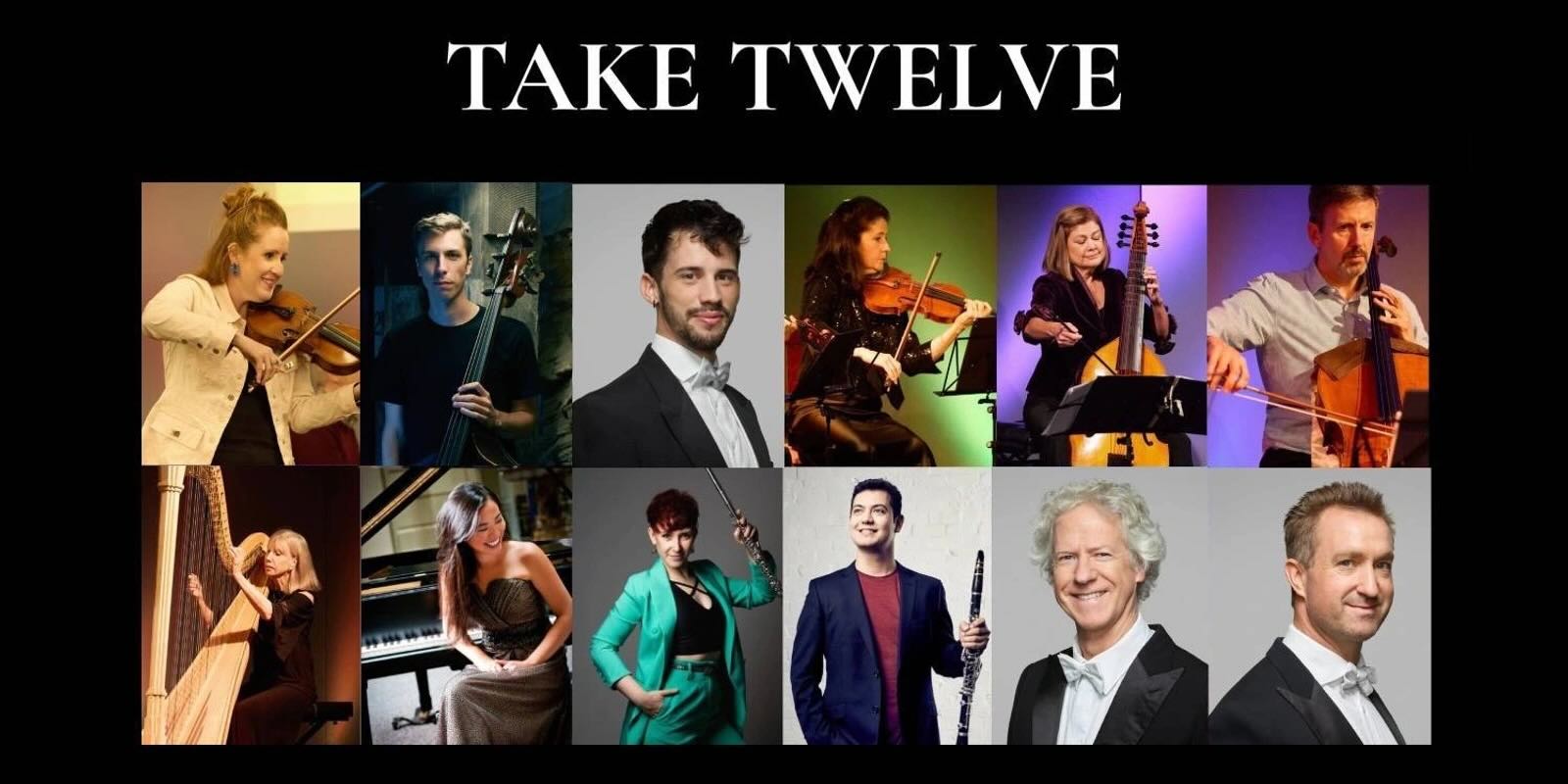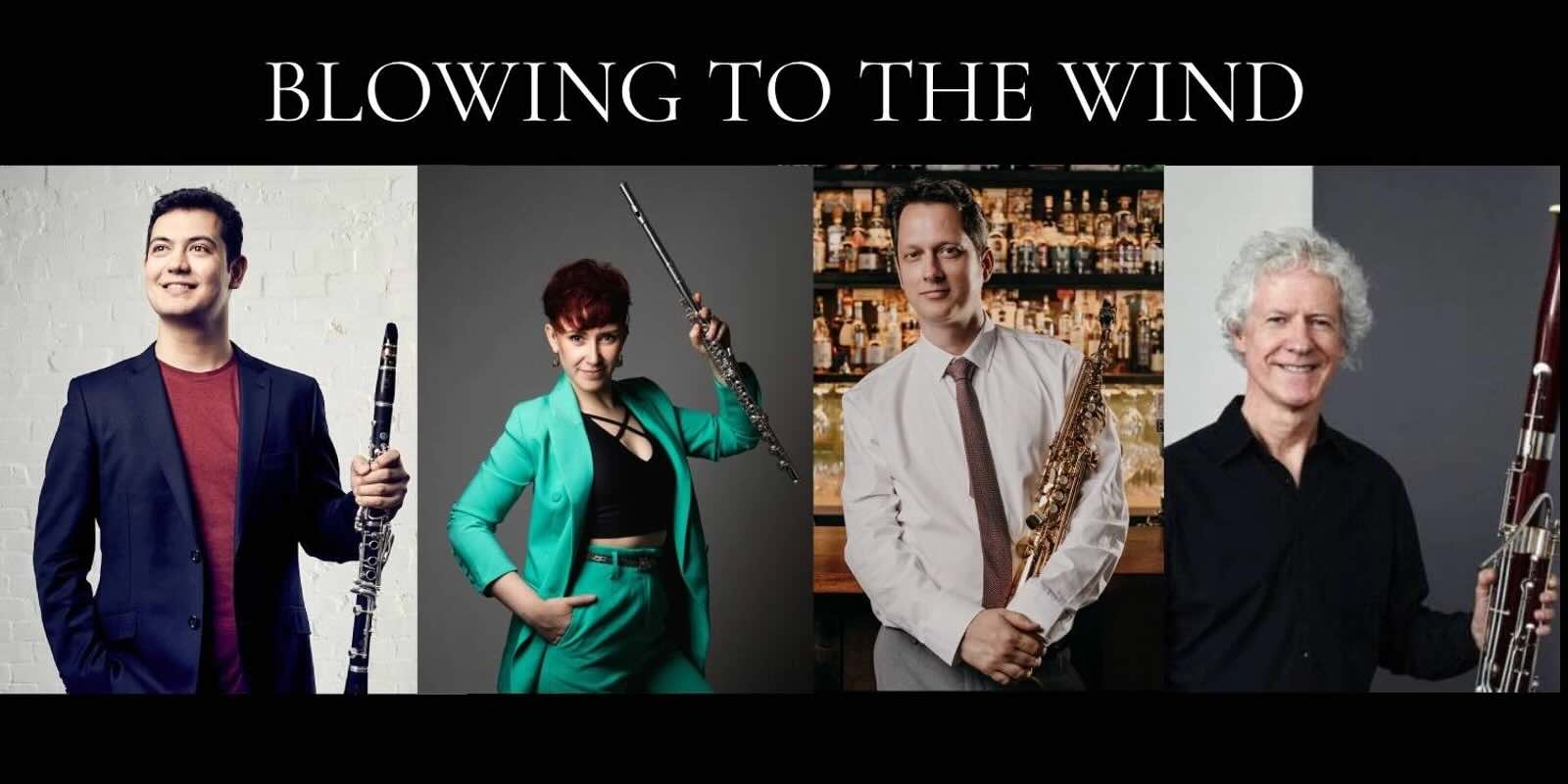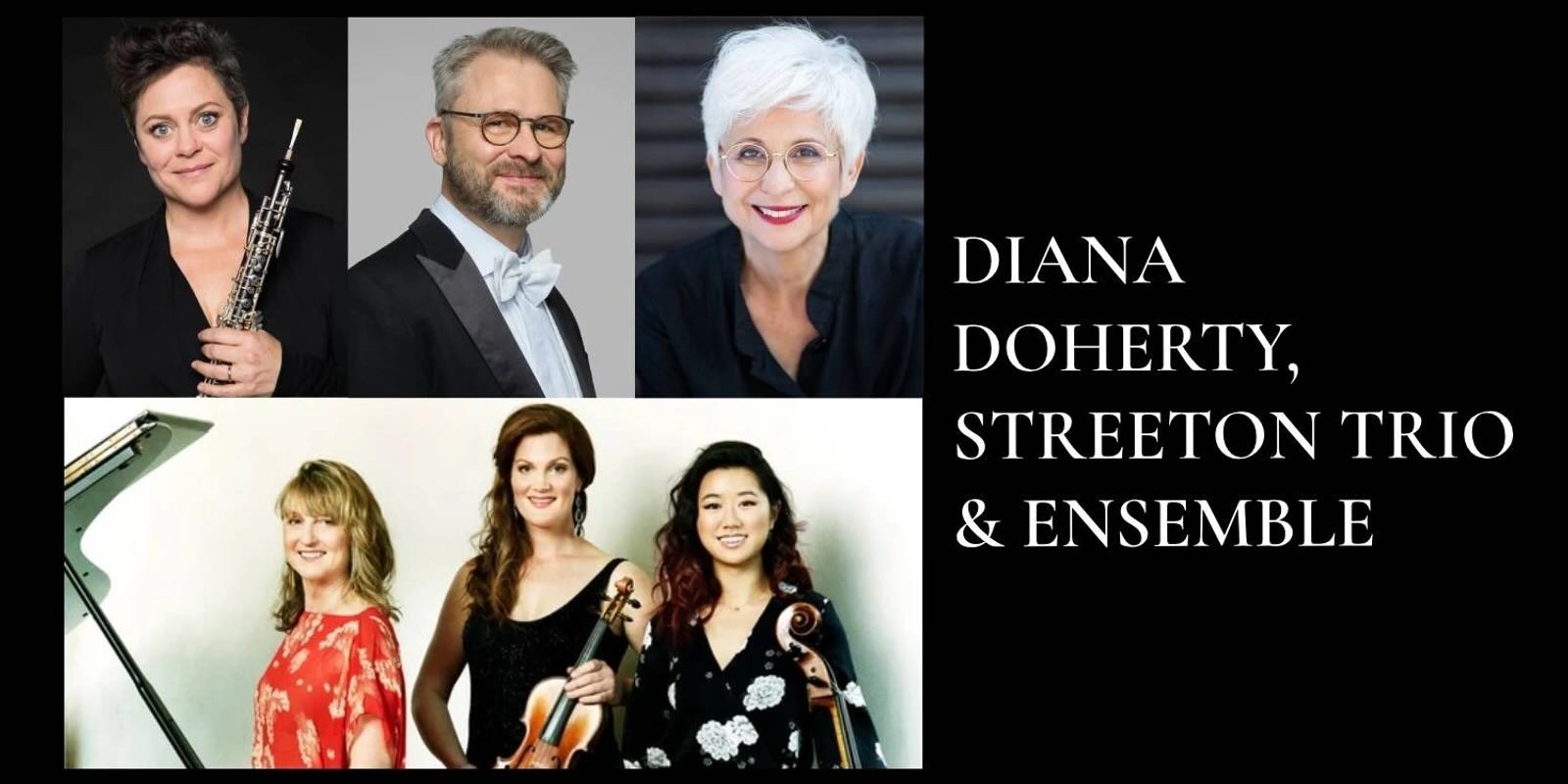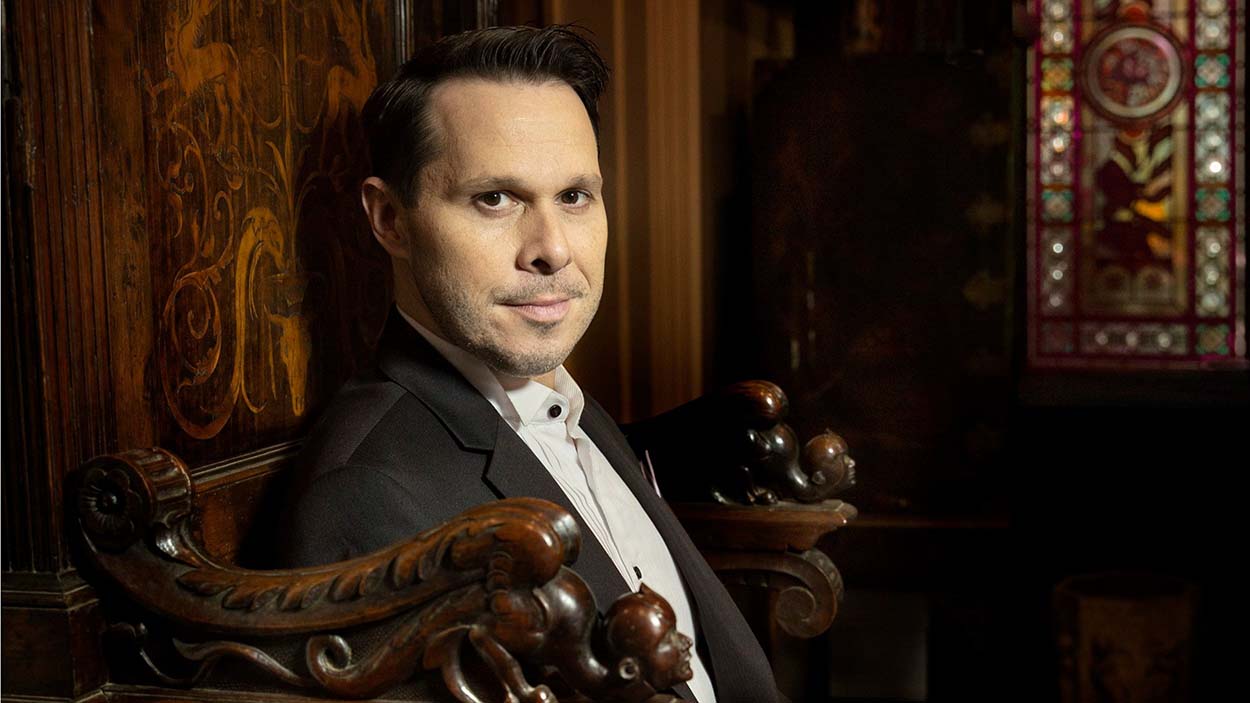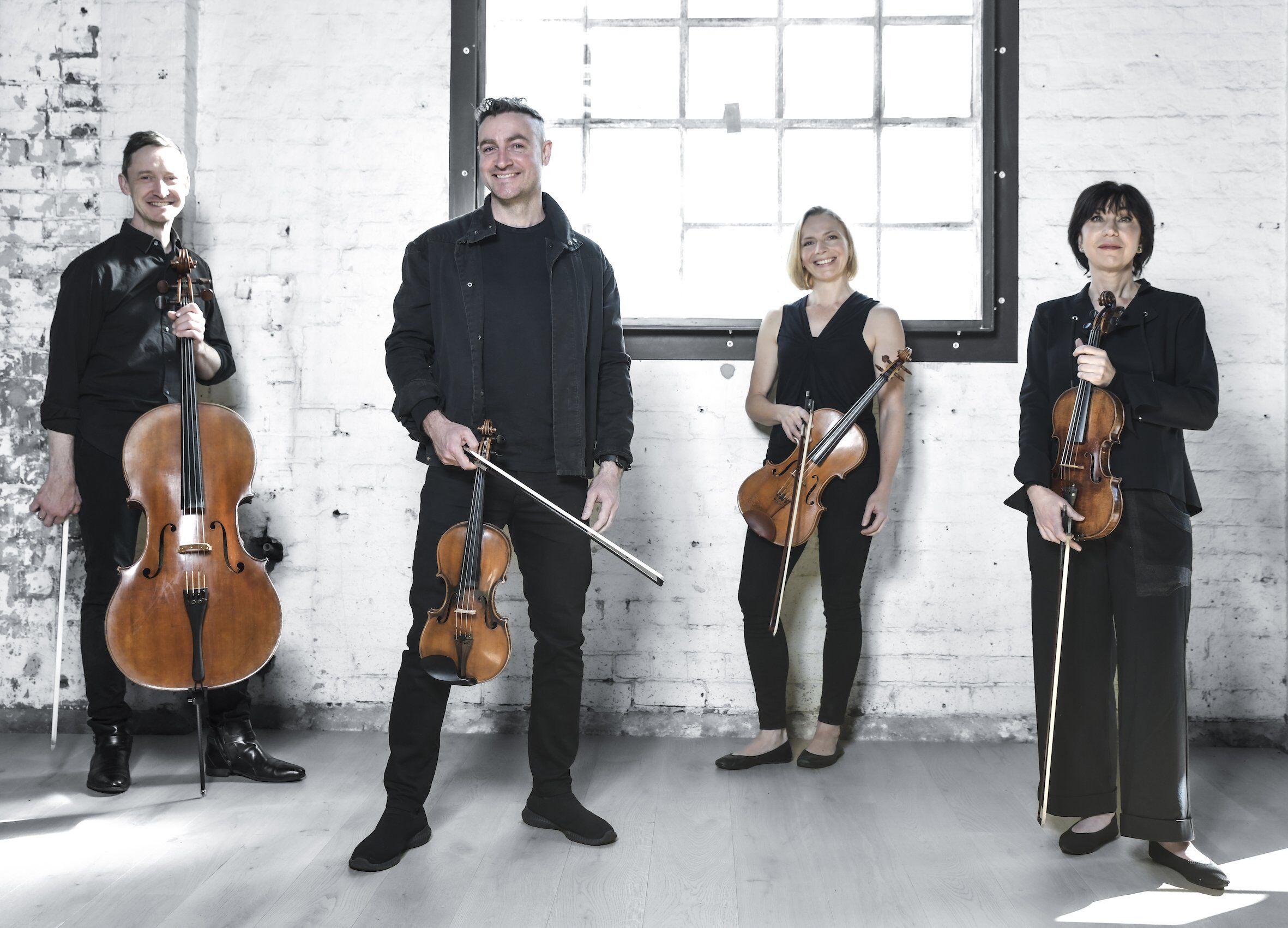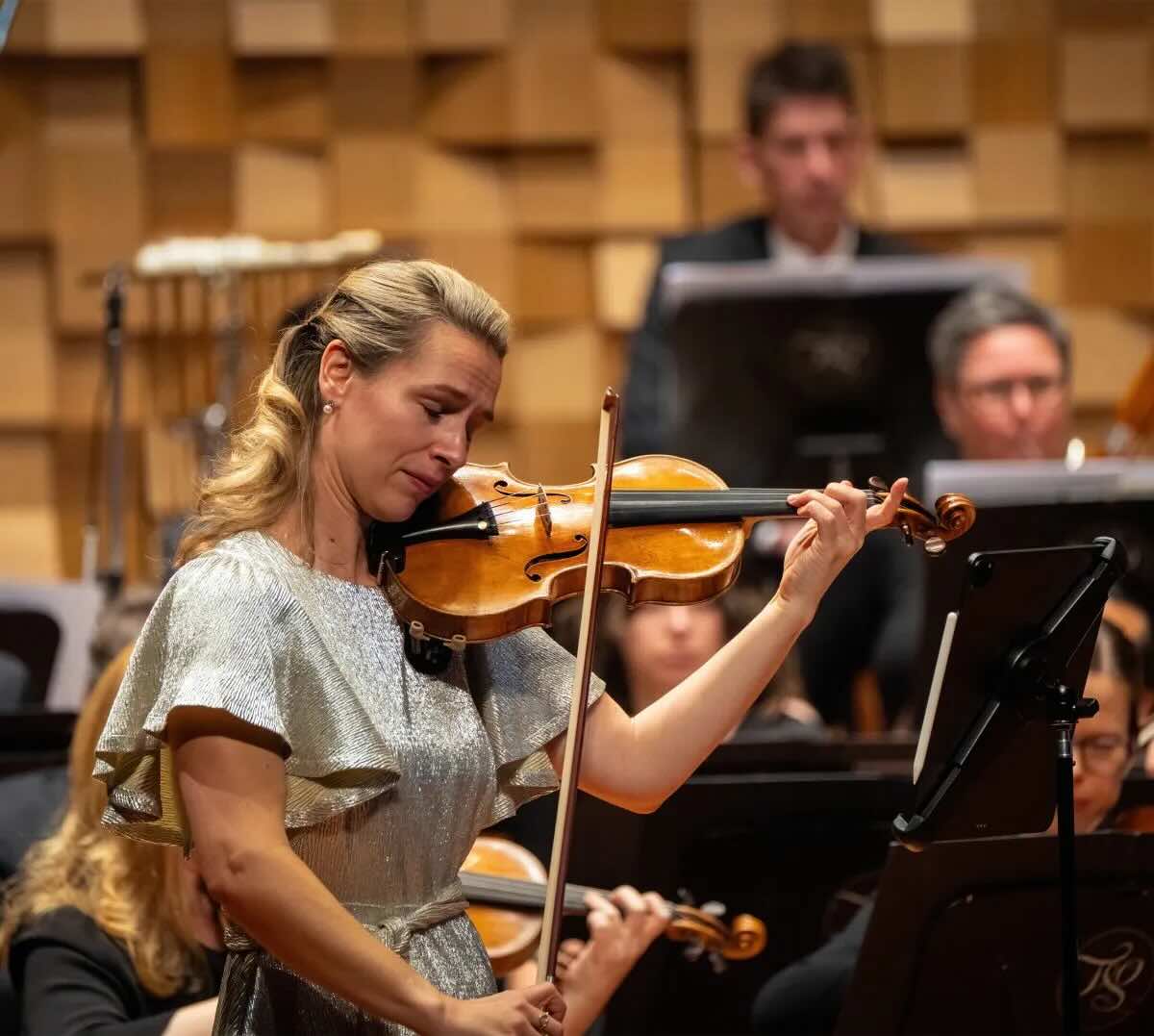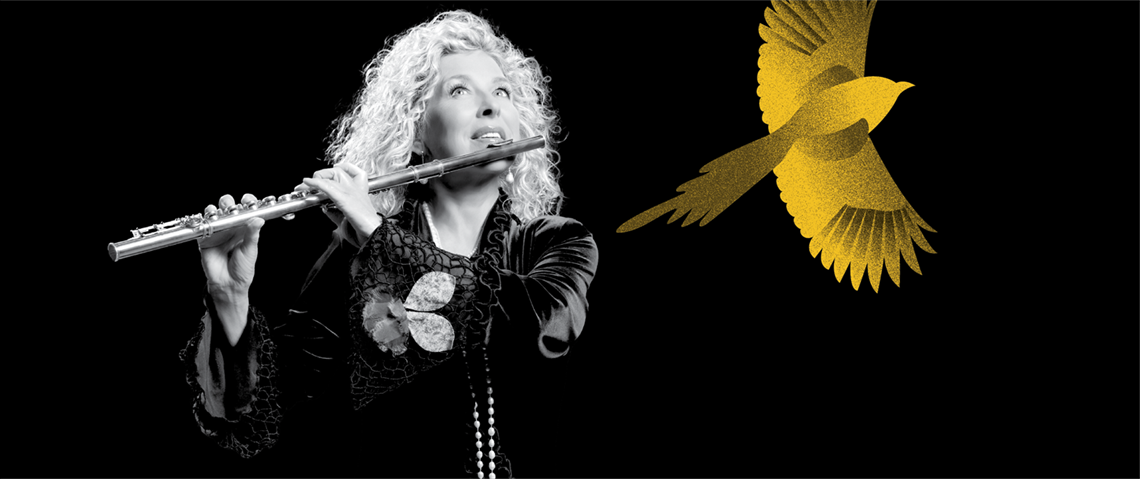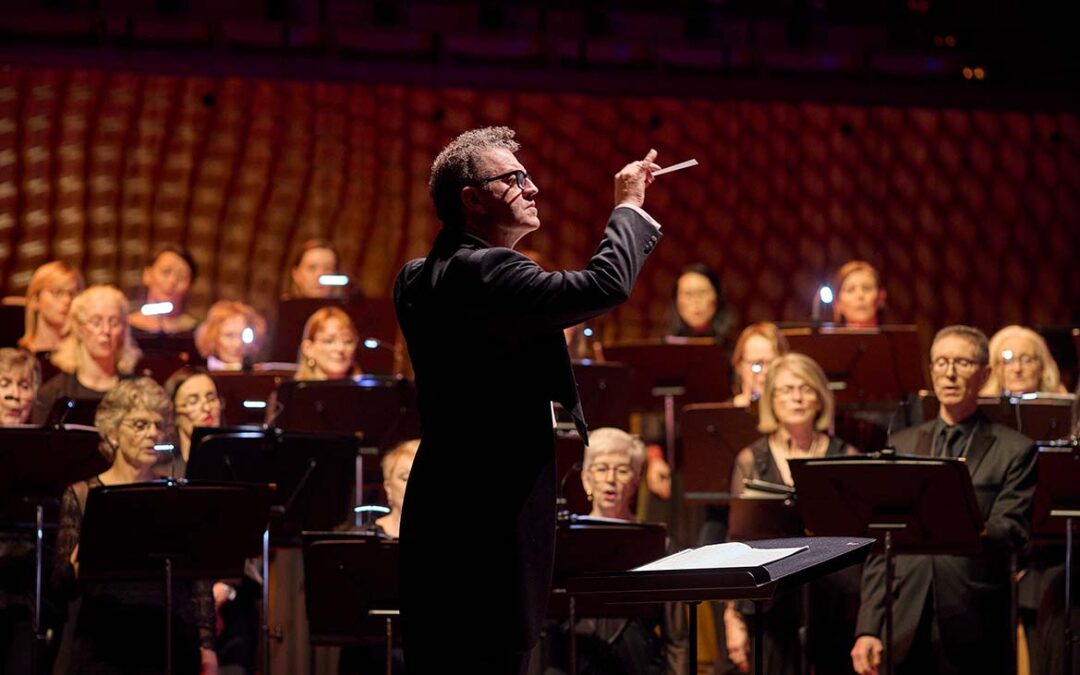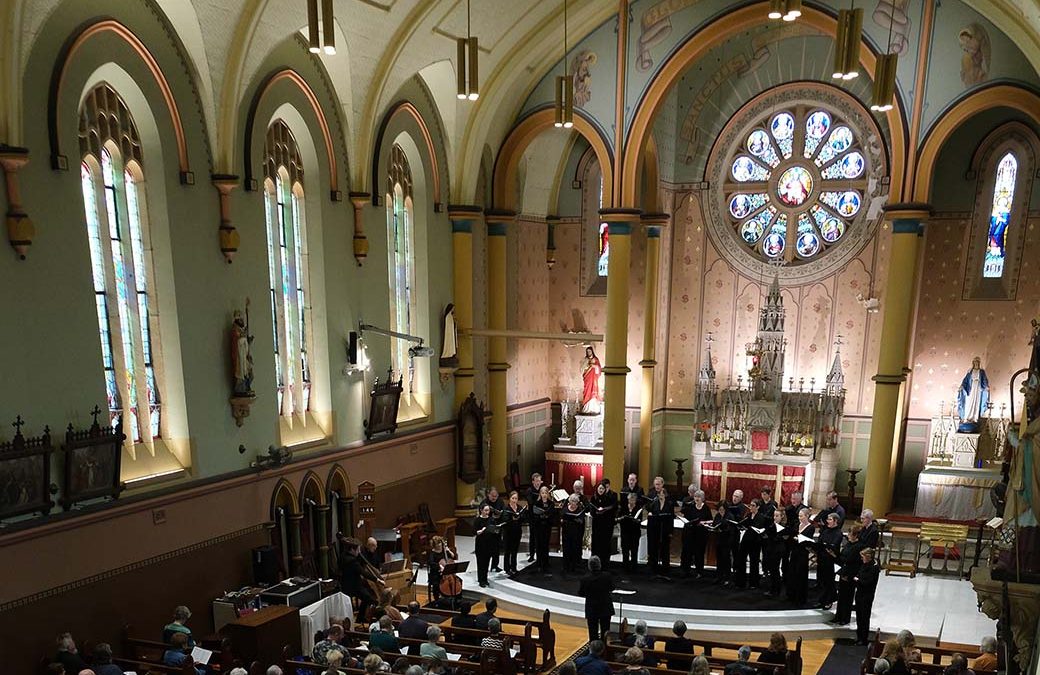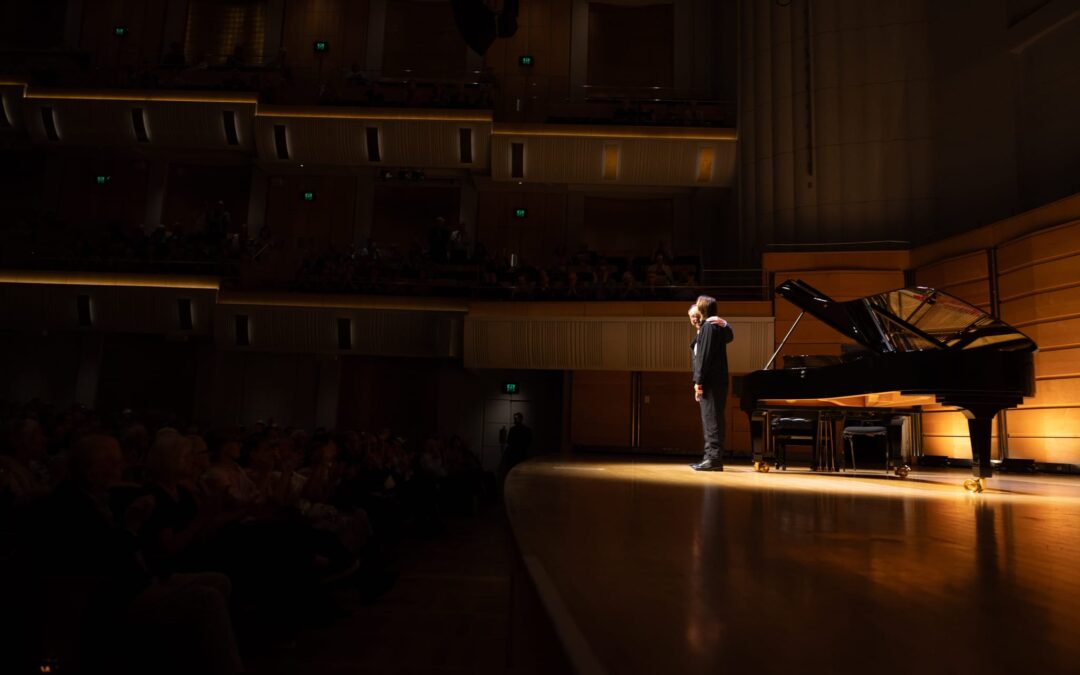Selby and Friends | Triple Treat
(an all Beethoven program)
August 28, 2024, City Recital Hall, Sydney, NSW
Artists: Kathryn Selby (piano), Susie Park (violin), Timo-Veikko Valve (cello)
The Piano Trio in B-flat, Op. 11 was originally scored for clarinet rather than violin, which probably explains the choice of key. Often a bassoon is substituted for the cello too, although it is perhaps more often performed as it is here, with violin and cello. The work is known as the “Gassenhauer” trio; a word which means “street tune” in German. The theme of the third movement is based on a song that became immensely popular in the day, called “Pria ch’io l’impegno” from a comic drama by Joseph Weigl, in turn making this Beethoven trio one of the most performed of the period. Several other composers, such as Hummel and Paganini, also cashed in on the song’s popularity. Although it is quite an early work, the young composer is already breaking away from the traditions of Haydn and Mozart.
The musicians imbued the first movement with energy and rhythmic momentum, and the Adagio with a lyric serenity. The last variation movement was playful and rambunctious with plenty of contrasts of tone and dynamics. To quote Selby, “Beethoven is a master of finding different ways of saying the same thing.”
The Piano Trio in E-flat, Op. 70 No. 2 from Beethoven’s middle period, composed in 1808, 10 years after the Op. 11, is a more mature, self-assured work. He was by this stage almost completely deaf. While the Allegro has some furious motion, there was no anger present. The players brought a lightness of touch to the second movement, however, they allowed the serenity and optimism to shine through in the other movements, an atmosphere to which the expansive key of E-flat is well suited. The ending was triumphant.
The Concerto in C major for Violin, Cello and Piano Op.56 ‘The Triple Concerto’ is a well known orchestral work and in this concert it was presented in the form of a piano trio as arranged by Carl Reinecke. In the 19th century, it was common to produce reductions of larger scale important works for either just piano or small chamber ensembles to make them accessible to both amateurs and professionals in the home. Think of Liszt who transcribed works of nearly 100 other composers. These arrangements were mostly not intended for concert hall performances. The questions that must be asked then are: does such an arrangement warrant a concert performance and does the arrangement add any musical value beyond the original? Does it bring anything different? Perhaps if you had never heard the original, it might stand as a convincing composition. The ready availability of modern recordings allows us to know the original well. Does this doom the reduction to disappoint aural expectations? Certainly, the orchestral textures reduced to the piano part in Selby’s capable hands captured some of the grandeur. Orchestral passages were unfortunately less convincing in the solo string instruments, regardless of the gusto with which they were performed. This is not to deprecate their playing in the least.
All that said, the work is filled with beautiful and heart-warming melodies and these were wonderfully rendered. Silky, shimmering violin tones from Park and rich warm cello phrases from Valve gave immense pleasure.
Selby has worked with Park and Valve before over the years and in this series (now in its 18th year!) the level of musical preparation was as always impeccable. In this concert too, the musicians played together in a manner that only thorough rehearsal, and of course consummate skill, can yield. A satisfying musical result.



